
Introduction to the EN55032 Standard
The en55032 standard, published by the European Standardization Organization, defines the limits for electromagnetic radiation generated by electronic products during operation and specifies the methods and procedures for evaluating this radiation. It is widely applied in the European market to ensure product compliance and protect the public from unnecessary radiation hazards. The standard specifically addresses the radio frequency emissions and immunity requirements for multimedia devices.
Background of the EN55032 Standard
EN55032 is the European version of the International Electrotechnical Commission (IEC) standard IEC 61000-6-4. It is widely used in Europe for evaluating and testing the electromagnetic compatibility (EMC) of multimedia devices. The aim is to ensure that these devices do not interfere with wireless communications and other electronic devices during operation, while also having a certain level of immunity to external electromagnetic disturbances.
Applicable Devices
The EN55032 standard applies to various multimedia devices, including but not limited to:
1. Information Technology Equipment: Computers, servers, networking devices, etc.
2. Audio Equipment: Speakers, amplifiers, microphones, etc.
3. Video Equipment: Televisions, cameras, monitors, etc.
4. Broadcast Equipment: Tuners, receivers, etc.
5. Playback Equipment: DVD players, Blu-ray players, music players, etc.
Testing Purpose and Scope
Testing Purpose
The purpose of EN55032 testing is to ensure that the radiation emitted by wireless devices during normal operation does not pose any harmful effects on human health or the environment. The test covers parameters such as radiation power, frequency range, harmonic distortion, and modulation characteristics.
Testing Scope
This standard applies to the following wireless devices:
1. Wireless phones;
2. Two-way radios;
3. Wireless sensors;
4. Wireless local area network (WLAN) devices;
5. Bluetooth devices;
6. Radio frequency identification (RFID) devices, etc.
Applicable Device Notes
This standard applies to the production, sale, and use of the devices mentioned. Devices already compliant with relevant standards do not require further EN55032 testing during use. Special-purpose devices, such as medical or aerospace equipment, may be exempt or have specific requirements that should be followed.
Testing Organization Requirements
Testing organizations must be accredited and perform testing according to the relevant standards and regulations. They should have the necessary equipment and environment to ensure the accuracy and reliability of the results. Additionally, testing organizations must adhere to confidentiality agreements to protect the security of test data and results.
Testing Methods and Steps
1. Prepare test samples and relevant documentation;
2. Determine the frequency range and modulation type for testing;
3. Set up the test system and connect the test instruments and samples;
4. Start the test system and record the data;
5. Analyze the data to determine if the product meets the EN55032 requirements;
6. Prepare a test report, including methods, results, and conclusions.
Test Results Determination and Report Content
1. Test Results Determination: The device's radiation power must be below the specified limit. If the test results exceed this limit, the device is considered non-compliant. Special-purpose devices will be assessed according to relevant regulations.
2. Report Content: The report should include the following information: device name, model, manufacturer, test date, test method, results, and conclusion. The report must be clear, accurate, and objective in reflecting the test process and outcomes.
Scope of the EN55032 Standard
EN55032 covers the following areas:
1. Electromagnetic Emission Requirements: Devices must emit electromagnetic radiation within specified limits to prevent interference with other devices.
2. Electromagnetic Immunity Requirements: Devices should operate normally and remain unaffected by external electromagnetic disturbances.
3. Testing Methods and Guidelines: It provides guidelines for general EMC testing, including emission and immunity tests, specifying the equipment, measurement parameters, and testing environment.
4. Marking and Documentation Requirements: Devices compliant with EN55032 should bear the appropriate compliance mark and provide necessary documentation, including user manuals.
Importance and Impact of the EN55032 Standard
The EN55032 standard ensures that multimedia devices do not cause electromagnetic interference with other devices and systems during normal use. Its implementation helps improve the quality and reliability of products, protect consumer rights, and foster market competition. Products that comply with EN55032 can gain access to the European market, expanding their sales opportunities.
Manufacturer Compliance Requirements
Manufacturers must perform electromagnetic radiation testing to ensure their products meet the EN55032 standard. Through compliant testing, manufacturers can ensure their products meet safety standards, enhancing their market competitiveness and ensuring radiation levels are within safe limits.
The EN55032 standard ensures that multimedia devices meet electromagnetic compatibility requirements and do not interfere with wireless communications or other devices. Manufacturers should adhere to this standard to produce high-quality, competitive products while safeguarding the proper functioning of other devices and communication systems. This will enhance product usability and market competitiveness while maintaining the stability and reliability of the communication environment.
Email:hello@jjrlab.com
Write your message here and send it to us
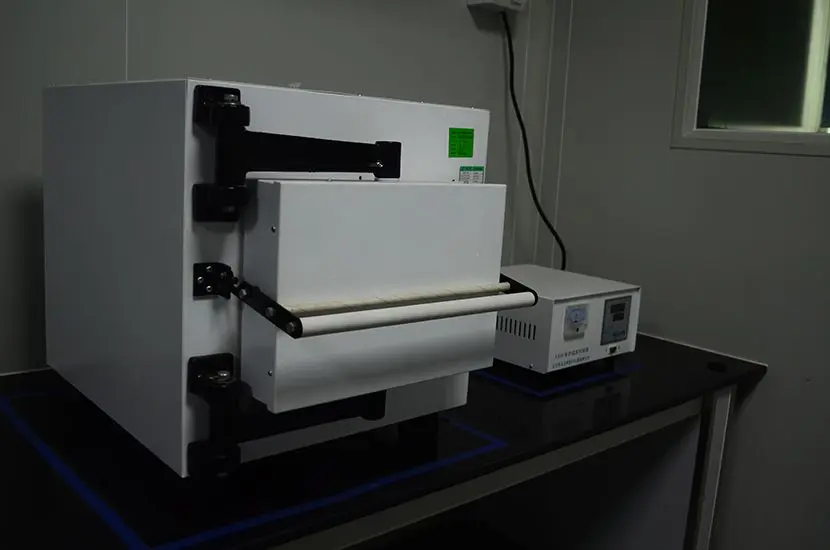 High Chair for Children ASTM F404-21 CPC Certifica
High Chair for Children ASTM F404-21 CPC Certifica
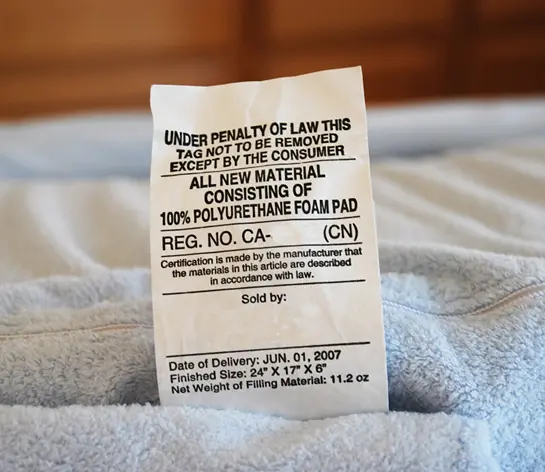 U.S. Law Label (URN Number) Registration Q\&A
U.S. Law Label (URN Number) Registration Q\&A
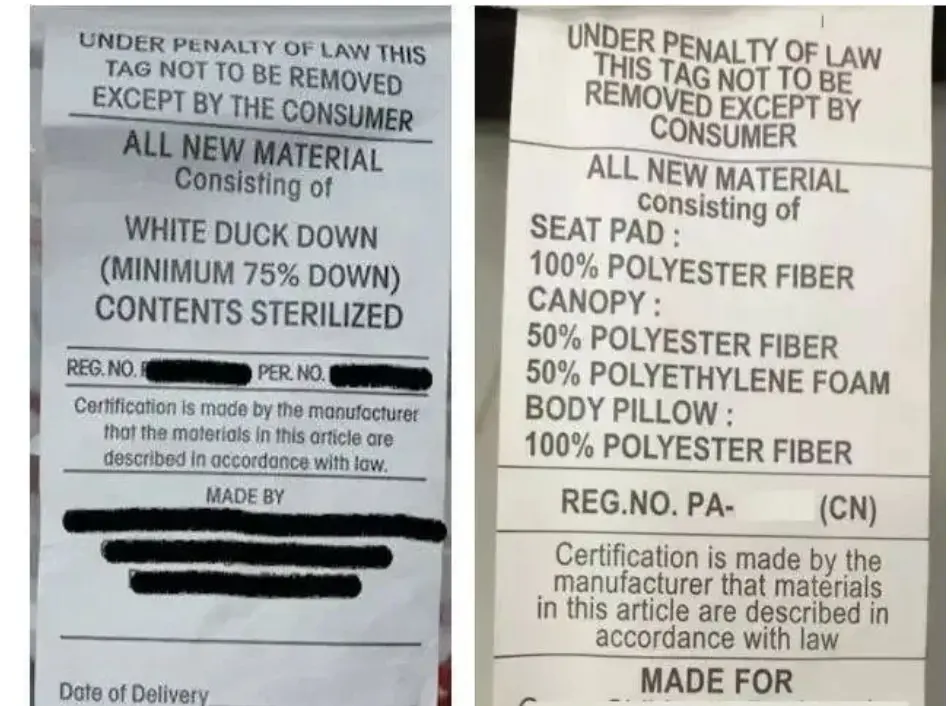 U.S. Furniture Export URN Law Label Registration
U.S. Furniture Export URN Law Label Registration
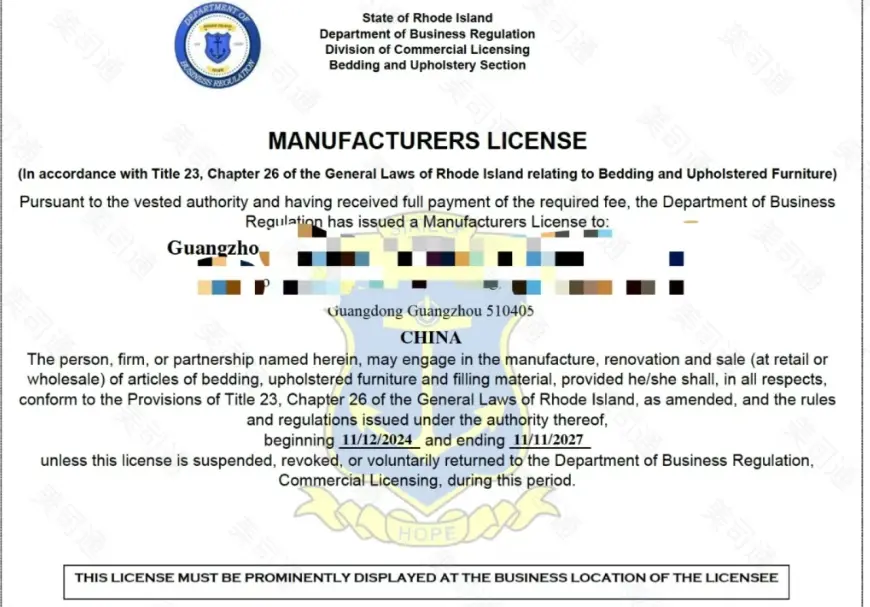 What is U.S. Law Label Registration?
What is U.S. Law Label Registration?
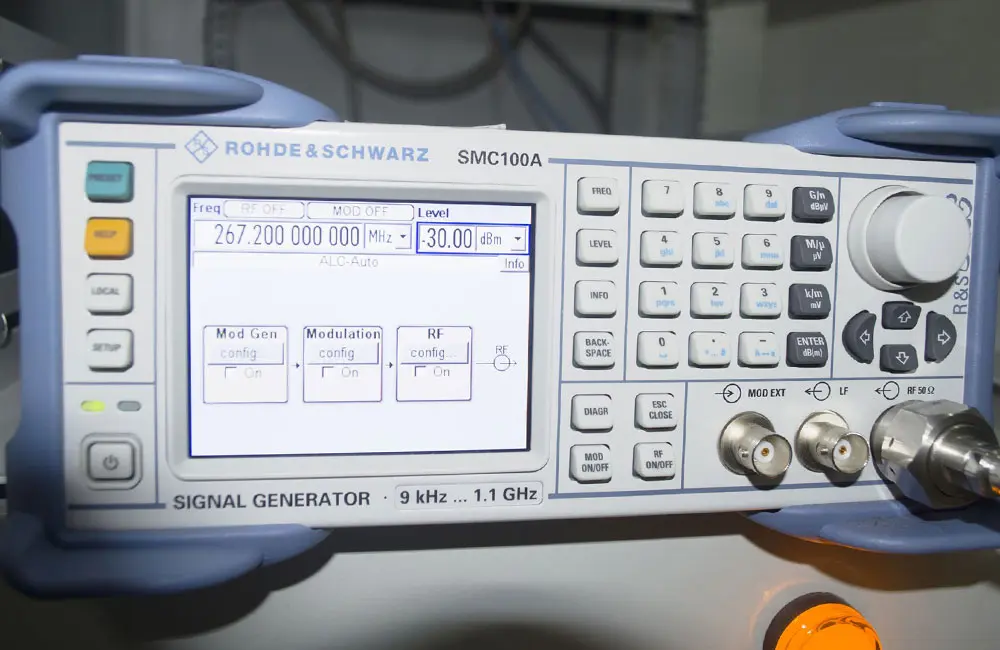 Rail Transit EN55015/EN50121-4
Rail Transit EN55015/EN50121-4
 IEC 60601-1-2 EMC Test for Medical Electrical Equ
IEC 60601-1-2 EMC Test for Medical Electrical Equ
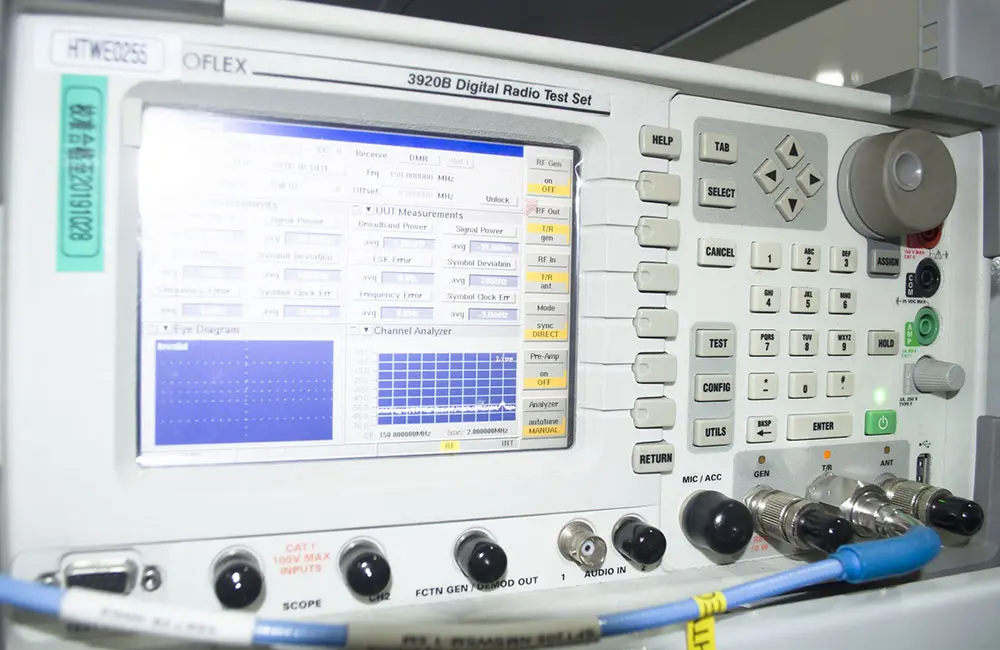 What Are the Safety Tests for Lithium Batteries?
What Are the Safety Tests for Lithium Batteries?
 What is the YY 9706.111-2021 Standard?
What is the YY 9706.111-2021 Standard?
Leave us a message
24-hour online customer service at any time to respond, so that you worry!




